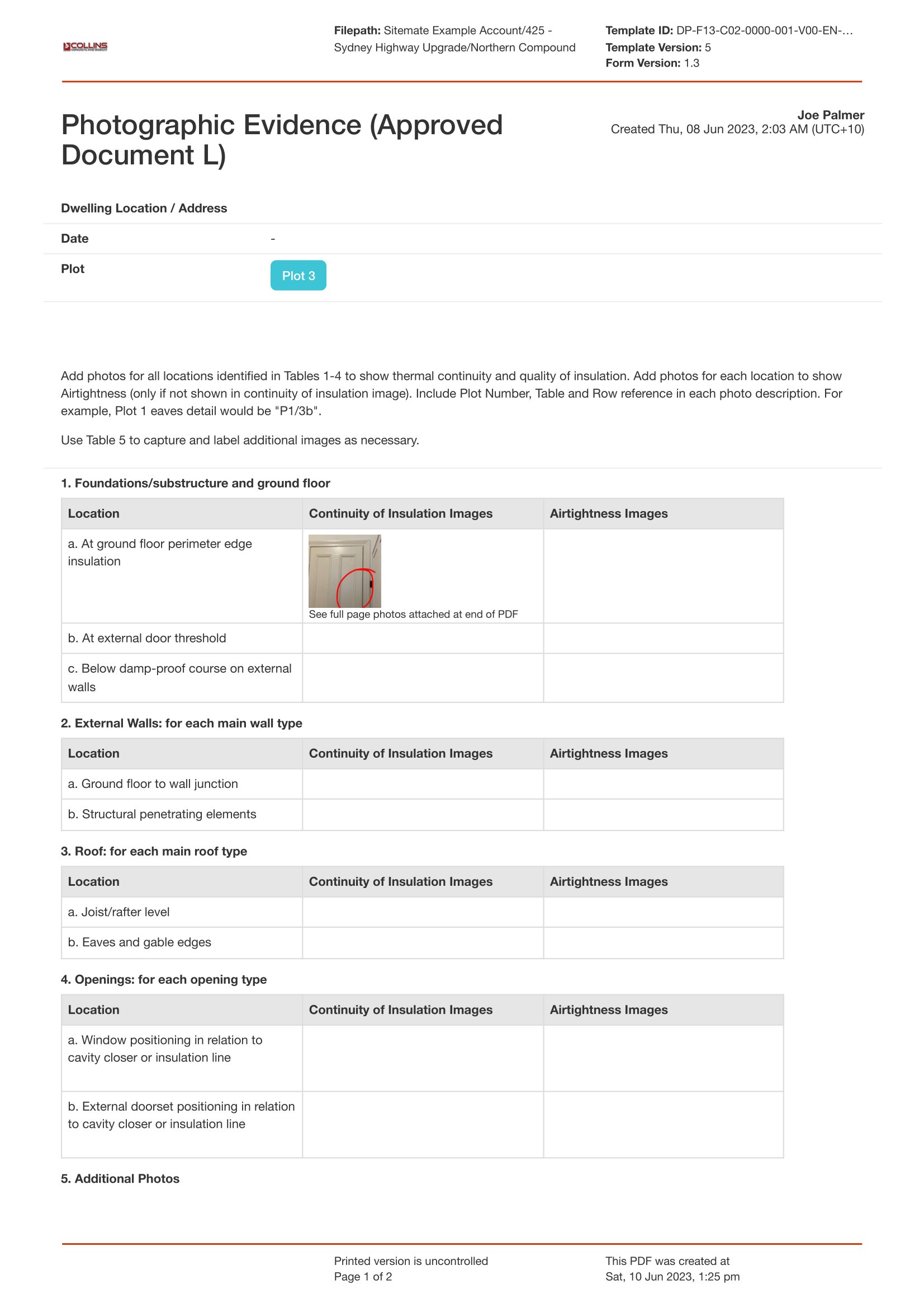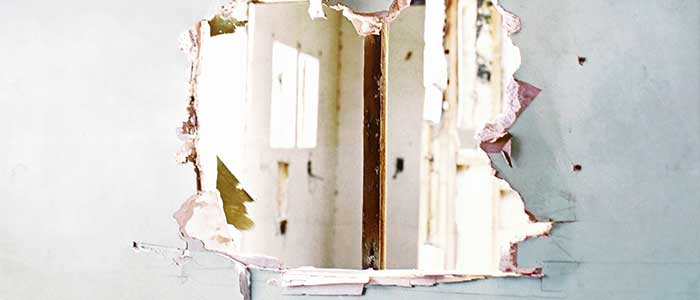Dashpivot article page – Part L Requirements

Part L Requirements
What are the Part L Building Regulations?
Part L refers to a specific section of building regulations in the United Kingdom that is focused on the conservation of fuel and power. The main goal of Part L is to ensure that both new and existing buildings are designed and constructed (or modified) in a way that is energy-efficient. This is crucial for reducing the overall consumption of energy, lowering the costs of energy for the occupants, and reducing the carbon footprint of buildings.
What are your Part L requirements?
Part L requirements focus on energy efficiency and conservation of fuel and power.
For New Buildings:
- Thermal Insulation: Adequate insulation materials and methods should be used to minimise heat loss from the building envelope.
- Energy-Efficient Systems: Heating, cooling, and lighting systems installed should be energy-efficient, and energy consumption should be minimized wherever possible.
- Air Permeability: Buildings must be designed to be airtight, reducing the amount of uncontrolled air leakage which can result in energy loss.
- Renewable Energy: Depending on the location and type of building, there may be requirements or incentives for incorporating renewable energy systems like solar panels or heat pumps.
For Existing Buildings:
- Upgrades and Renovations: During renovations or extensions, upgrades may be required to meet new energy efficiency standards.
- Heating Systems: When an existing heating system is replaced, the new one often needs to meet stricter energy efficiency guidelines.
- Windows and Doors: If windows or doors are replaced, the new ones generally need to meet specific energy efficiency standards.
General Requirements:
- Carbon Emission Targets: Buildings may have to meet specific carbon dioxide (CO2) emission targets.
- Testing and Compliance: Various tests, including air permeability tests and thermal imaging, may be required to demonstrate compliance with Part L.
- Documentation: Detailed records are often needed to demonstrate compliance, which may include plans, calculations, and sometimes even photographic evidence.
How can Photographic Evidence help your Part L requirements?
Photographic evidence can be invaluable in demonstrating compliance with Part L requirements.
Here's how photographic evidence can be beneficial:
Proof of Compliance
- Photographic evidence provides a visual record that proves certain energy-saving measures were implemented during construction or renovation. This is almost always better proof than paperwork alone.
Inspection and Auditing
- During inspections or audits, the photographic evidence can quickly show that the building meets the requirements without the need for a detailed re-examination of the construction.
Accountability and Contract Disputes
- Photos can serve as a record of work done by contractors or subcontractors, holding them accountable for ensuring that the building meets Part L requirements.
Legal Safeguard
- In case of legal disputes regarding compliance with energy efficiency measures, photographic evidence can provide proof to safeguard your position.
Quality Assurance
- Reviewing photographic evidence during different phases of construction can help identify any lapses or mistakes in implementing energy-efficient features, allowing for timely corrections.
Future Reference
- The collected photographs can serve as a helpful resource for future modifications, repairs, or upgrades to the building. They offer a visual history of what was installed and where, which could be beneficial for planning future energy-efficient improvements.
Verification and Certification
- Some certification bodies may accept photographic evidence as part of the documentation needed to certify that a building is energy-efficient according to Part L requirements.
To make the most of photographic evidence, ensure that the photos are clear, well-lit, and capture the essential elements that demonstrate compliance. Time-stamping and proper labelling can also add to the credibility and utility of the photographic records. In some cases, you might need to have the photographs verified by a qualified professional, like an engineer or an architect, to confirm their accuracy.
Below is an example of a Part L Photographic Evidence report.

Use a digital Part L Photographic Evidence template for your next project
Digitise your Part L Photographic Evidence requirements
Manage your Part L Photographic Evidence requirements with a digital Part L Photographic Evidence template to show your construction matches your compliant designs.
Document each step of the project with photos and videos, with photo markup, timestamps and geotagging for detailed documentation.
Ensure your reports have everything you need, using the standardised template or customising it to your project or team needs with the drag and drop form builder.
Maintain easy compliance with digital signatures for easy signoff capturing for a bulletproof audit trail.
Create an automated process for capturing Part L requirements
Having a good report with all the information you need in it is only half the battle.
Ensure you're recording your Part L requirements at the right time and right frequency by using a Part L Photographic Evidence app to help organise when you need to document project updates.
Build automated workflows to request new photographic evidence, complete via the template and then signoff so it can be closed off.
Quickly and easily share completed Part L reports internally or to external third parties as professionally formatted PDF or CSV with brand colours and company logo.

Inspection and Test Plan (ITP) template
No one plans to fail, they fail to plan. Ensure your projects are a success with this ITP.

Non-Conformance Report template
Document those painful non conformances with this powerful template.

Construction Punch List template
Punch your way through those punch lists with this powerful template.


